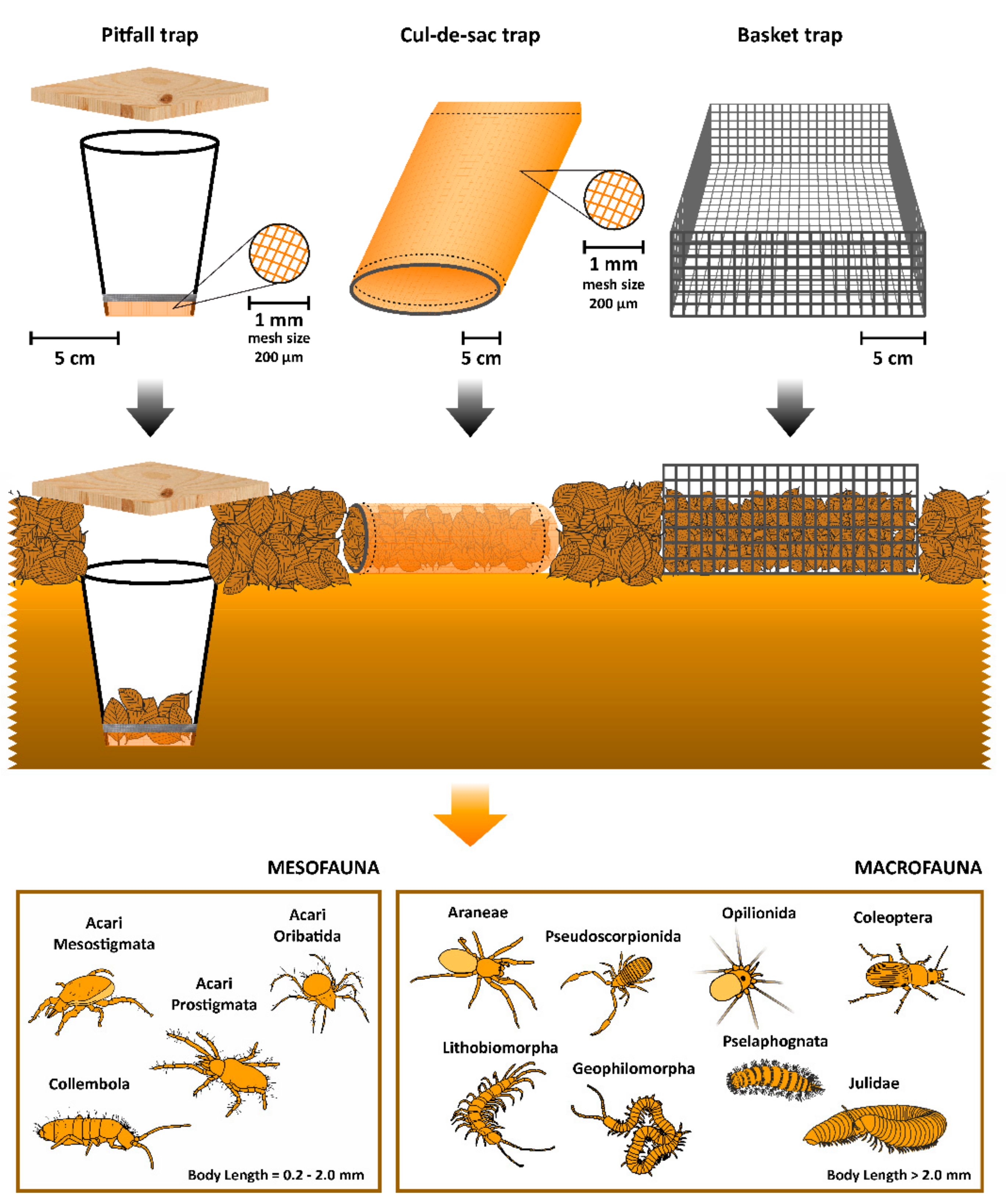

Set up several traps around the garden to increase the chance of catching some interesting mini-beasts.After you have recorded the mini-beasts in the trap, release them back into the garden.Set up the trap in the morning and check it that evening or set it in the evening and check it the next morning.The simplest tool to collect ground arthropods is a pitfall trap. Such variation and lack of standardization limits scientists’ abilities to compare their results with others. Pitfall trap methodologies and designs vary considerably among studies and investigators. Cover the trap with a piece of wood or tile, raised a little above the ground using a couple of stones so that the mini-beasts can crawl underneath. BACKGROUND: Many arthropods are found around the schoolyard. Pitfall traps are commonly used in diet studies for insectivorous and omnivorous wildlife.Pitfall traps usually consist of a beaker that is buried so that the lip of the beaker is level with the ground surface. Place some small stones and a little dry grass or leaves in the bottom of the trap for them to hide in but don’t put in too much or they will be able to climb out. A pitfall trap is a device used to trap insects that are active on the ground surface. Pan traps, lo wer canopy trap s, and pitfall tra ps were not signi ficantly diff erent from eac h other: lower c anopy trap (M ¼ 0.14, SD ¼ 0.36), blue pan trap (M ¼ 0.14, SD ¼ 0.Insects and other mini-beasts walking over the soil will fall into the pitfall trap.Take a large empty yoghurt or cream carton or a disposable plastic drinking cup and place it in the hole so that its rim is level with the soil surface.
Pitfall traps download#
(You can download the instructions here and print them.) Wilf Powell has very kindly created these simple-to-follow instructions to help you build pitfall traps. The ISCA Pitfall Trap is a proven, aesthetically pleasing and inconspicuous trap designed for use, with the appropriate species specific pheromone. One fun way to help you find more Mini-Beasts, particularly in your own gardens, is to use a pitfall trap.


 0 kommentar(er)
0 kommentar(er)
